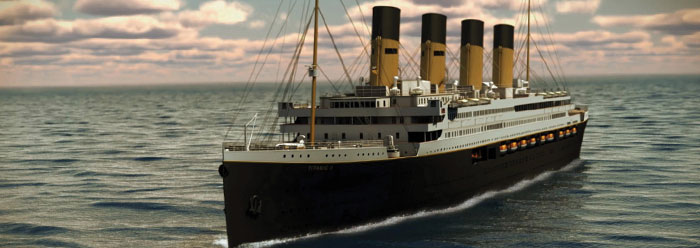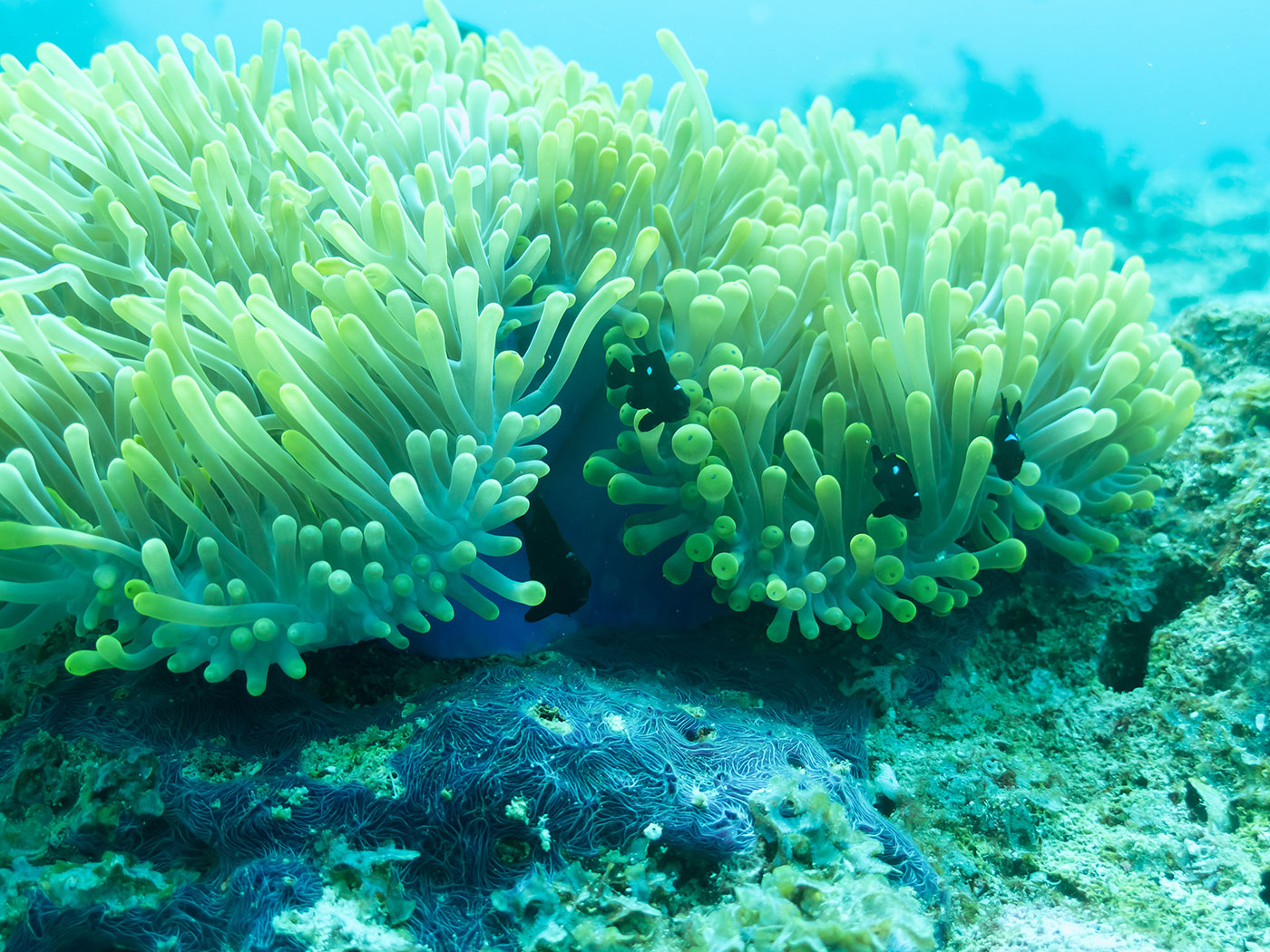The Titanic's sinking on April 14, 1912 was the most famous seafaring disaster in modern times. But the survival of Noah's Ark in the Flood was the most famous seafaring success in ancient times. Did design specifications help make the difference? If so, that might help explain why the dimensions for Titanic II—a planned full-size replica luxury liner—will differ from the first Titanic.
Most attribute the sinking of the Titanic to an iceberg collision. However, submersibles that visualized the wreck in 1985, and later examinations of recovered Titanic hull parts, show the ship broke in two before it sank.1 Maybe it was a bit too narrow.
When the Titanic departed from Southampton over a century ago, it was about 883 feet long and 93 feet wide at its widest point. Titanic II will have virtually the same length, but an added 13 or so feet to its width to match modern nautical standards and increase stability. It will also have more lifeboats.2
The original Titanic's length-to-width ratio was about 9.5:1. Titanic II will be approximately 8.3:1. According to the specifications that God dictated to Noah, the Ark had a 6:1 ratio. It was even wider relative to length than the Titanic II will be.
Two types of vessel serve two different purposes. Motor-powered luxury liners slide through waters to reach a destination. But the Ark was a non-powered survival barge. This helps explain why the Titanic and Titanic II, plus other powered vessels, have narrower decks relative to overall length. Streamlined design helps them move more efficiently, whereas the Ark didn't need to move at all. It simply needed to survive the churning seas. So one wouldn't expect today's ocean liners to exactly replicate Ark ratios. However, by adding width, the Titanic II definitely adds stability.
Titanic II's more stable ratio inadvertently reflects God's superior design for the Ark—the ultimate lifeboat—which perfectly balanced strength, comfort, and stability.3
References
- Ewers, J. The Secret of How the Titanic Sank. US News and World Report. Posted on usnews.com September 25, 2008, accessed May 3, 2016.
- Titanic 2 Ship—Australian billionaire's project to revive RMS Titanic in 2018. Posted on titanc2ship.com, May 3, 2016. This website says the Titanic II will be 833 feet long, but this is likely a typo since the original Titanic was 883 feet long. See its Wikipedia page for more information.
- Hong, S. W. et al. Safety investigation of Noah's Ark in a seaway. Journal of Creation (formerly TJ). 8 (1): 26-36.
Image credit: © 2015 Blue Star Line. Adapted for use in accordance with federal copyright (fair use doctrine) law. Usage by ICR does not imply endorsement of copyright holders.
*Mr. Thomas is Science Writer at the Institute for Creation Research.
Article posted on May 19, 2016.

























